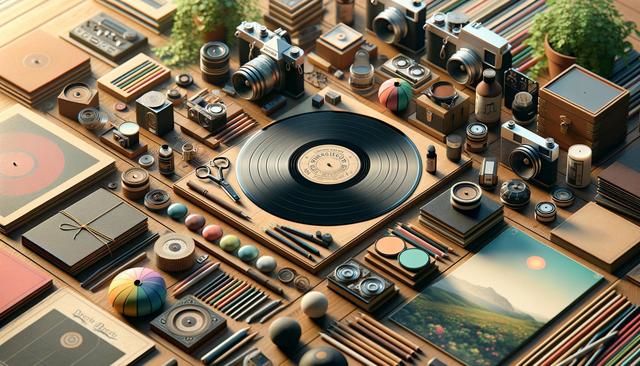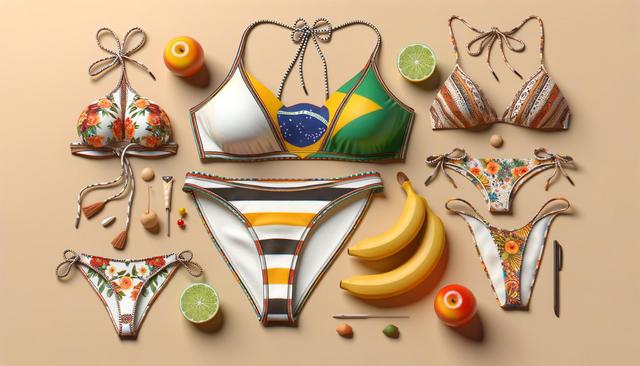
The Timeless Appeal of Vintage Vinyl Records
The History and Resurgence of Vinyl
Vinyl records first gained popularity in the mid-20th century, offering music enthusiasts a revolutionary way to experience recorded sound. These analog discs were prized for their warm audio quality and large-format artwork. While cassette tapes and CDs eventually replaced vinyl in mainstream use, the format never truly disappeared. In recent years, vinyl has experienced a significant resurgence, driven by both nostalgia and a renewed appreciation for analog sound. Today, collectors and new listeners alike are rediscovering the joys of vinyl, often citing the tactile, immersive nature of the format as a key reason for its enduring appeal.
Vinyl’s comeback is fueled by a desire for authenticity in an increasingly digital world. Streaming services offer convenience, but vinyl provides a tangible connection to music that can’t be replicated through headphones alone. Many modern artists now release albums on vinyl, and reissues of classic records are more popular than ever. This resurgence is not just about music—it’s also about collecting, preserving culture, and appreciating the artistry involved in album production.
What Makes a Vinyl Record Vintage?
The term “vintage” generally refers to records that were pressed during the golden age of vinyl, which spans from the 1950s to the 1980s. These records are often sought after for their historical significance, rarity, and unique production qualities. A vintage vinyl record can be defined by several factors:
- Original pressings from the era of the artist’s peak popularity
- Limited releases or special editions
- Discontinued albums that are no longer in production
- Unique cover art or packaging that reflects a specific time period
Collectors often look for first pressings, which are the earliest versions of a record released to the public. These tend to have the highest value, especially if they’re in excellent condition. The label design, matrix numbers, and even the weight of the vinyl can all help determine whether a record is vintage and how valuable it might be.
Building and Maintaining a Collection
Starting a vinyl collection can be both rewarding and overwhelming. Whether you’re a seasoned collector or a newcomer, a few guiding principles can help you build a meaningful collection. Begin by identifying your musical interests—genres, artists, or specific albums that resonate with you. Then, explore local record shops, online marketplaces, and estate sales to find additions that match your taste and budget.
When collecting, condition is crucial. Records are graded based on their physical and audio quality, ranging from Mint to Poor. It’s important to:
- Inspect both the vinyl and the sleeve for scratches, warps, or marks
- Store records vertically in a cool, dry environment to avoid warping
- Use anti-static sleeves and protective outer sleeves
- Keep a record-cleaning kit on hand for regular maintenance
Proper care not only preserves the record’s value but also ensures a better listening experience. A well-maintained vintage collection can last decades, offering joy and nostalgia for years to come.
Understanding the Value of Vintage Records
The value of a vintage vinyl record depends on several factors, including rarity, demand, condition, and historical significance. Some records fetch high prices due to limited production runs, withdrawn releases, or because they mark important milestones in music history. For instance, a debut album from a now-legendary artist or a promotional pressing with unique features can be especially valuable.
To determine the worth of a record, collectors often consult price guides, online auction sites, and collector forums. Factors that influence value include:
- Whether it is a first pressing or a reissue
- Presence of original inserts or promotional materials
- Autographs or unique markings
- Overall demand in the collector’s market
However, not all valuable records are expensive. Many hidden gems can be found in bargain bins or flea markets, waiting for someone to recognize their worth. The thrill of the hunt is part of what makes vinyl collecting such a captivating hobby.
The Listening Experience: Why Vinyl Still Matters
For many, the true magic of vintage vinyl lies in the listening experience. Unlike digital formats, vinyl requires intentionality. You select a record, place it on the turntable, and drop the needle. This ritual adds a sense of reverence to the music, encouraging deeper engagement with each track. The analog sound is often described as warmer and more dynamic, offering a different auditory texture than digital audio.
Listening to vinyl also invites you to experience an album as a whole. Unlike shuffle playlists, records promote listening from start to finish, appreciating the artist’s creative vision. Album artwork, liner notes, and even the smell of the cardboard sleeve contribute to a multi-sensory experience that digital formats simply can’t replicate.
Whether hosting a listening session with friends, rediscovering an old favorite, or introducing younger generations to classic tunes, vinyl records foster a sense of community and connection. They serve as a bridge between generations and a celebration of music in its most tangible form.
Conclusion: A Lasting Legacy for Music Lovers
Vintage vinyl records continue to captivate music lovers for their rich history, exceptional sound, and cultural significance. For collectors, each record is more than just audio—it’s a piece of art, a memory, and often, a story worth preserving. Whether you’re just starting your journey or expanding an existing collection, exploring vintage vinyl offers endless opportunities to connect with music in a meaningful and memorable way.


